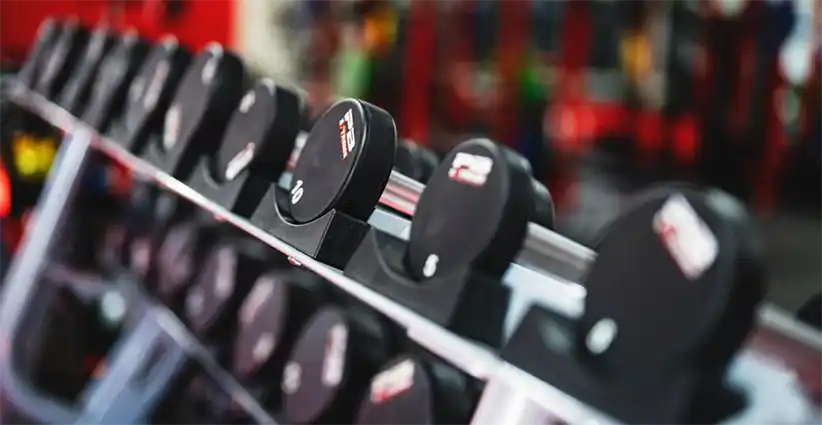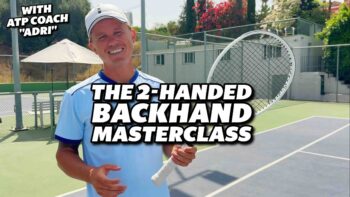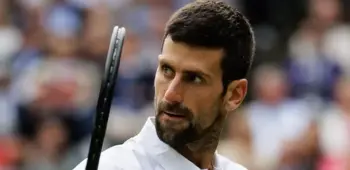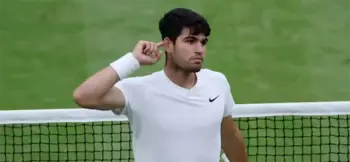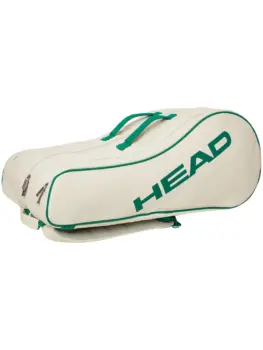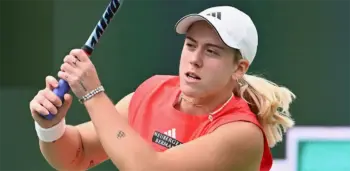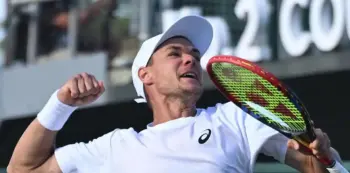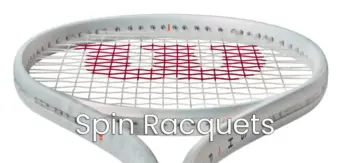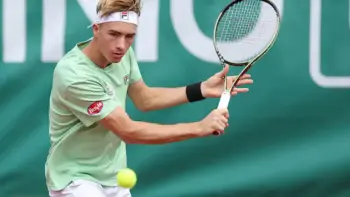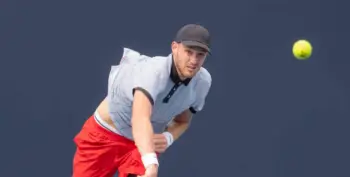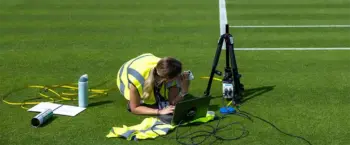Of course, the foundational strength work for tennis is not just about the lower body. Muscles around the entire core and upper body are taxed when playing, be it on the serve or and groundstroke. So, it only makes sense to also build and strengthen the muscles and structures around them. Here is a short guide how to approach those.
Check also part 1 of our foundational strength series, the legs.
From core to extremity – the guiding principle
When training any explosive sport, we tend to use the wrong muscles first. You always want to work from core to extremity, using your big muscle groups to generate force, such as your glutes, hips and core. This doesn’t mean that you don’t need muscles in your shoulders and arms, but those shouldn’t be the main drivers for your movement. If you initiate a serve for example, you want to drive through your legs first and finish with your arm pull only.
This affects your training as well, where you want to train muscles separately for individual strength but also include compound movements where you have to organize your body. Instead of isolating your shoulders in a classic military press, you can do a half-kneeling single arm press. You will need to engage your core, balance your body and the single arm push will better recreate a tennis movement.
Compound lifts first, isolation later
In order to train the most effective way, you want to start with your compound movements before being taxed. This allows you to really engage and organize your body, train injury free and not fall off your technique here. Let’s say you start with the more complex exercises, then go on for a few more isolated upper-body movements and then finish with accessory and core work. This allows for an optimal combination if executed correctly and hence the best effect on your fitness.
The lifts I would recommend for compound are the scalable for any level of strength and fitness, but they are a bit more complex to begin with:
- Pull Up variations – if needed, scaled to negative or banded pull-ups, always with engaged core as a priority
- Single-Arm presses – sitting, half-kneeling or with a landmine barbell
- Row variations – on a bench, in gorilla stance or bent over
- Dips and push-ups – bodyweight, banded or if needed, even with added weight
As a tennis player, you do not need to do heavy bench presses, which mainly are optimized for muscle growth and can lead to shoulder impingement if overtrained. Also, there is no need for overly heavy barbell rows and presses, that can be hard to maintain form for.
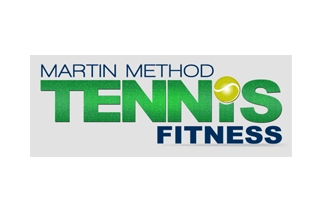
Focusing on the right muscle groups
After initial compound lifts, which next to their main target muscles also will help with core stability, you can include a few more focused exercises. These will help with the individual structures around your heavily used joints, such as the shoulders. Those can sometimes feel very specific and take their time, but they will pay in longevity and injury prevention. Next to the shoulders, you also want to train your entire back and core, as they take heavy action from our sport.
A good supplement of the mentioned exercises above is to include a variety of banded (or pulley) shoulder exercises , such as face pulls, reverse flys and straight-arm pull downs.
You can add scapula focused movements, such as scapula push ups and pull ups, where you move your body only with your scapula while maintaining straight arms. Together with classics, such as lateral and front raises, external rotations and machine rows, this will create a safe and healthy shoulder. Rows in machines, banded or with pulleys will also strengthen your mid-back, that will especially get used in serving.
Finally, you want to include your core and this is not just your abdominal muscles which create a six-pack. You want to think of your obliques, hip flexors, lower back and glutes for this. Which means that a core program cannot be just sit-up variations, but much rather needs:
- Rotation as in a Russian Twist with a medicine ball
- Leg raises over an obstacle for lower core and hip flexor training
- Hip & back extensions on the floor or a GHD machine
- Isometric exercises such as planks, side planks and hollow holds
Let’s put it together – a sample day
After a thorough warm-up, which could be 5-10 minutes of easy cardio, followed by some light movements such as side plank rotations, light overhead presses and scapula pull-ups, we start with the below:
- 4 sets of:
5-10 pull-ups (weighted or assisted)
45sec Rest
6-8 reps per side of seated single-arm dumbbell press (video here)
90sec Rest - 3 sets of:
10 single-arm rows
30sec Rest
10-15 push-ups (weighted or assisted if needed)
30sec Rest
10 banded face pulls (video here)
Rest as needed between sets - 3x Core circuit (no rest in between exercises)
30 Russian Twist (15 per side, video here)
20 Hollow Rocks (video here)
10 V-Ups
max time Hollow Hold
Rest as needed
